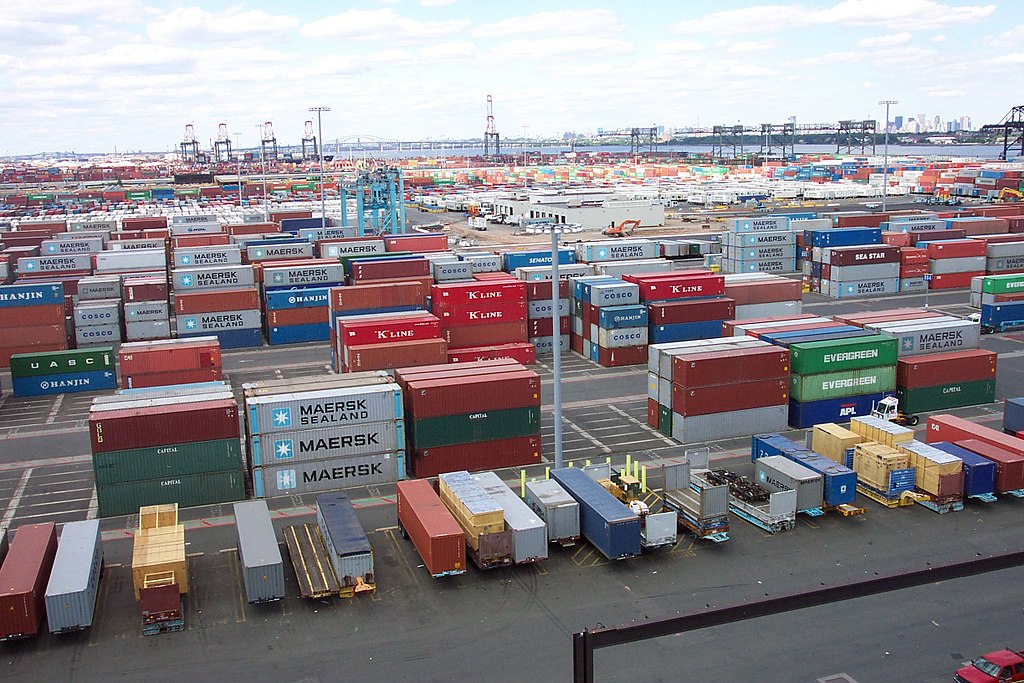Solar module and cell imports are set to attract basic customs duty of 40% and 25%, respectively, from April 2022, as India’s finance ministry has given the green light to the proposal.
India’s Ministry of New and Renewable Energy (MNRE) today confirmed its proposal to impose the duties on cells and modules–with no “grandfathering” exceptions for projects which have already been tendered–had been agreed by the Ministry of Finance. Quoting the latter, the MNRE said customs notification of the move would be issued in due course.
The 25% levy on cells will replace a 14.5% safeguarding duty on products from China, Vietnam, and Thailand which is due to expire on July 30.
Opposition
Pinaki Bhattacharyya, chief executive and MD of the Indian division of Canadian solar developer Amp Energy Group said the imposition of customs duty would raise costs for domestic solar manufacturers as well as project developers, raising energy costs.
“This move will slow down the race towards the 175 GW target, by 2022,” said Bhattacharyya, referring to the national renewable energy capacity ambition. “Although this removes considerable uncertainty … the rates are too high and will increase the cost of solar power for discoms [electricity distribution companies] and consumers alike. This will increase the cost of manufacturing power as well as [power for] other industries in India. [Though] the government’s intent is positive, and they want to encourage domestic manufacturing, the method should have been different. The government should have provided direct manufacturing subsidies to manufacturers to help them scale up their capacities and this would have been beneficial to the sector.”
Supply chain
The extent to which Indian solar depends on imported components was illustrated by the slump in new project capacity last year as the Covid-19 pandemic disrupted shipments. The government is applying the customs duties to help domestic manufacturers compete with regional rivals and avoid such supply chain problems in future.
Under the Paris Climate Change Agreement, India has committed to achieving 40% of its electricity generation capacity from non-fossil fuels by 2030. The nation aims to install 100 GW of solar capacity by next year as part of a 175 GW clean energy fleet, en route to a planned 450 GW of renewables capacity this decade.
The Optimum Energy Mix report drawn up by government advisory body the Central Electricity Authority states India’s electricity requirement by 2029-30 will be 817 GW, including the 450 GW from renewable energy sources, out of which, 280 GW would come from solar. The nation would have to add around 25 GW of new solar annually to hit that target.
This content is protected by copyright and may not be reused. If you want to cooperate with us and would like to reuse some of our content, please contact: editors@pv-magazine.com.









5 comments
By submitting this form you agree to pv magazine using your data for the purposes of publishing your comment.
Your personal data will only be disclosed or otherwise transmitted to third parties for the purposes of spam filtering or if this is necessary for technical maintenance of the website. Any other transfer to third parties will not take place unless this is justified on the basis of applicable data protection regulations or if pv magazine is legally obliged to do so.
You may revoke this consent at any time with effect for the future, in which case your personal data will be deleted immediately. Otherwise, your data will be deleted if pv magazine has processed your request or the purpose of data storage is fulfilled.
Further information on data privacy can be found in our Data Protection Policy.